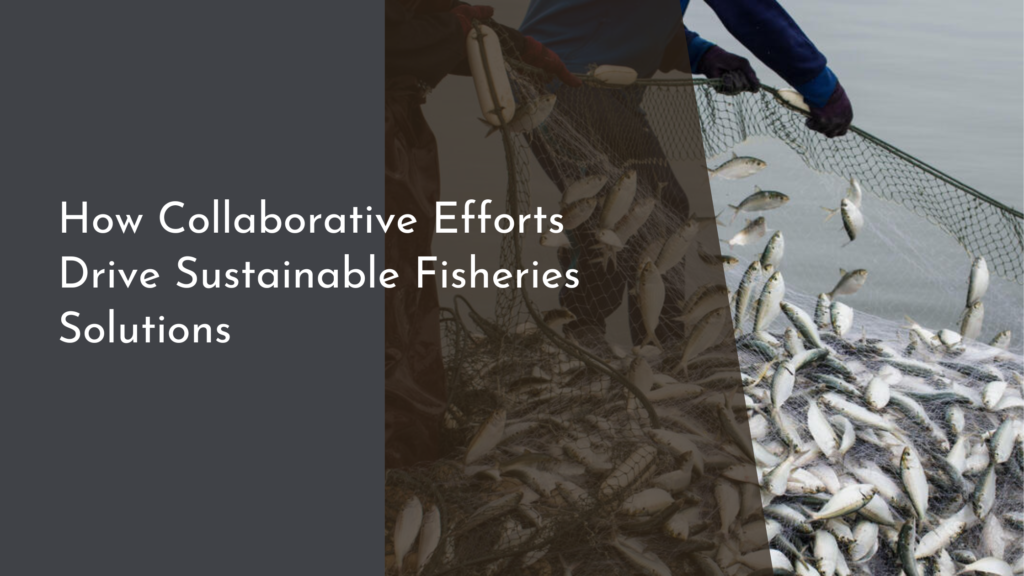Water Management Techniques in Permaculture
Water is a vital resource for life, and in permaculture, it takes center stage in creating sustainable ecosystems. Proper water management techniques not only enhance soil fertility and plant growth but also promote biodiversity and resilience within a permaculture system. In this article, we will explore the importance of water in permaculture, innovative techniques for water capture, effective water retention strategies, and practical tips for achieving sustainable water management success. Let’s dive into the wonderful world of water management in permaculture!
Understanding the Importance of Water in Permaculture
Water is essential for all living organisms, and in permaculture, it serves as the foundation for productive and sustainable ecosystems. By understanding water’s role in plant growth and soil health, permaculture practitioners can create systems that optimize its use. Water not only nourishes plants but also supports beneficial microorganisms in the soil, which contribute to nutrient cycling and overall fertility. Additionally, effective water management promotes resilience against climate variability, ensuring that permaculture systems can withstand periods of drought or excessive rainfall.
Furthermore, managing water efficiently in permaculture can significantly reduce reliance on external resources and energy inputs. This self-sufficiency aligns with the core principles of permaculture, which aim to create harmonious ecosystems. By maximizing the natural water cycle, practitioners can enhance their farm’s productivity while minimizing environmental impact. From rainwater harvesting to swales and ponds, understanding and implementing water management techniques is crucial for any permaculture design.
Innovative Techniques for Efficient Water Capture
One of the most effective ways to manage water in permaculture is through innovative capturing systems. Rainwater harvesting is a popular technique that involves collecting and storing rainwater from roofs and surfaces for later use. This method allows for a sustainable water supply, reducing the need for municipal or well water. By installing rain barrels or cisterns, permaculture practitioners can easily collect and store water during rainy periods, ensuring they have access to this precious resource during drier times.
In addition to rainwater harvesting, techniques like contour farming and creating swales can enhance water capture. Swales are ditches or depressions dug into the landscape along the contours of the land to slow down and capture rainwater runoff. This technique helps to replenish groundwater and prevent soil erosion while encouraging moisture retention in the soil, fostering healthier plant growth. By implementing these innovative techniques, permaculture practitioners can maximize their water resources efficiently and sustainably.
Building Resilience: Water Retention Strategies Explained
Resilience in permaculture systems can be significantly enhanced through effective water retention strategies. One such strategy is the establishment of ponds or water features within the landscape. These elements not only provide a water source for plants and animals, but they also help in stabilizing the microclimate by moderating temperature extremes. Ponds can be designed to incorporate diverse habitats, which in turn supports biodiversity and increases the resilience of the ecosystem.
Another effective water retention strategy is the use of mulch and organic matter. Applying layers of mulch around plants helps retain moisture in the soil, reducing the need for frequent watering. This practice also improves soil structure, encourages beneficial organisms, and suppresses weeds. By incorporating these water retention strategies into their designs, permaculture practitioners can create resilient systems capable of thriving in fluctuating environmental conditions.
Practical Tips for Sustainable Water Management Success
To achieve success in sustainable water management within permaculture, practitioners should start by assessing their landscape and understanding its unique water dynamics. Mapping out water flow patterns and identifying areas prone to flooding or drought can inform better design decisions. This initial assessment will help in placing water-capturing features like swales and ponds in optimal locations, ensuring that water is efficiently collected and retained.
Additionally, adopting a holistic approach to water management is crucial. This means integrating water management techniques with other permaculture principles, such as soil building and biodiversity promotion. Incorporating diverse plant species that require varying amounts of water can help balance moisture levels in the ecosystem. Regularly monitoring and adjusting the water management strategies based on changing weather patterns will lead to long-term sustainability. Embracing these practical tips can pave the way for flourishing permaculture systems that thrive on the efficient use of water.
Water management is a cornerstone of successful permaculture designs, fostering healthy ecosystems and promoting sustainability. By understanding the importance of water, employing innovative capture techniques, implementing effective retention strategies, and following practical tips, practitioners can create resilient and productive landscapes. With a cheerful spirit and a commitment to stewardship, anyone can harness the power of water to cultivate thriving permaculture systems that benefit both people and the environment. Happy permaculture gardening!

